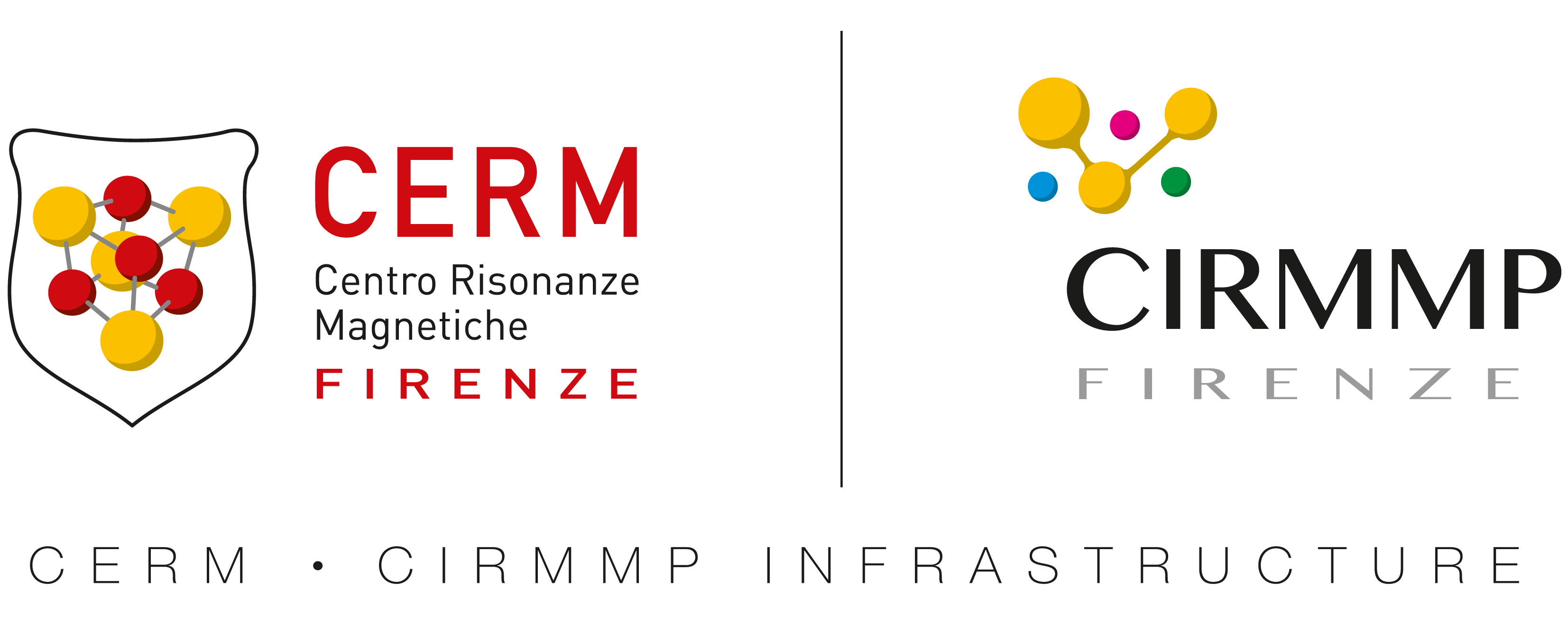The intersection of metals and structural biology is fascinating and far-reaching.
Biological systems harness and exploit unique properties of metal ions for functions ranging from scaffolding to energy production. Fundamental molecular transformations that are central to global energy and chemical cycles and critical to all domains of life take place at biological metal centers. Organisms have evolved mechanisms to traffic metal ions inside of cells, to scavenge metals from the environment, and for protection against environmental metal toxicity, often remodeling the environment itself. The properties of metals have been fundamental to medical advances from imaging to therapeutics.
CERM has a long-standing tradition in providing a unique molecular perspective on the mechanisms underlying metal trafficking, metal homeostasis, and the maturation of metalloenzymes. Since 2000, the center has made fundamental contributions to unraveling copper trafficking pathways in human and bacterial cells, structurally characterizing copper-binding proteins and their interactions that mediate copper delivery and insertion into copper enzymes.
More recently, CERM has turned its focus to iron-sulfur (Fe/S) proteins, molecular structures essential for numerous cellular processes. Specifically, our researchers have used solution NMR to clarify how electrons are transferred from NADPH through FDXR to FDX2 to assemble these clusters. In simple terms, NADPH provides the electrons, FDXR passes them along, and FDX2 delivers them to the molecular machinery that builds the Fe/S clusters.Mutations in any of these proteins can disrupt this critical process leading to severe neurological, hematological and metabolic rare human diseases.
Researchers also investigate IBA57 and its partner ISCA2, two proteins that work together like molecular builders, assembling the larger [4Fe-4S] clusters that cells need to function properly. In addition, they examined CISD3, a protein linked to conditions like cancer, diabetes, and neurodegeneration, and found out how it is affected by nitric oxide.
Overall, these studies show that solution NMR is a powerful tool for connecting the molecular details of Fe/S cluster formation to human health. Understanding these mechanisms at a detailed level is a critical step toward developing new treatments.
1) Affinity gradients drive copper to cellular destinations. Banci L, Bertini I, Ciofi-Baffoni S, Kozyreva T, Zovo K, Palumaa P., Nature. 2010 Jun 3;465(7298):645-8
https://doi.org/10.1038/nature09018
2) Molecular recognition in copper trafficking. Banci L, Bertini I, McGreevy KS, Rosato A.,Nat Prod Rep. 2010 May;27(5):695-710.
https://doi.org/10.1039/b906678k
3) Protein networks in the maturation of human iron-sulfur proteins. Ciofi-Baffoni S, Nasta V, Banci L., Metallomics. 2018 Jan 24;10(1):49-72.
https://doi.org/10.1039/c7mt00269f
4) N-terminal domains mediate [2Fe-2S] cluster transfer from glutaredoxin-3 to anamorsin. Banci L, Ciofi-Baffoni S, Gajda K, Muzzioli R, Peruzzini R, Winkelmann J., Nat Chem Biol. 2015 Oct;11(10):772-8.
https://doi.org/10.1038/nchembio.1892
5) L. Querci, M. Piccioli, S. Ciofi-Baffoni, L. Banci, Biochim Biophys Acta Mol Cell Res. 2024, 1871, 119786.
https://doi.org/10.1016/j.bbamcr.2024.119786
6) D. Grifagni, D. Doni, B. Susini, B.M. Fonseca, R.O. Louro, P. Costantini, S. Ciofi-Baffoni, Protein Science 2024, 33, e5197.
https://doi.org/10.1002/pro.5197
7) B. Bargagna, T. Staderini, S.H. Lang, L. Banci, F. Camponeschi, Int J Mol Sci. 2024, 25, 10466.
https://doi.org/10.3390/ijms251910466
8) D. Grifagni, J.M. Silva, L. Querci, M. Lepoivre, C. Vallières, R.O. Louro, L. Banci, M. Piccioli, M.-P. Golinelli-Cohen, F. Cantini, J Biol Chem. 2024, 300, 105745.

